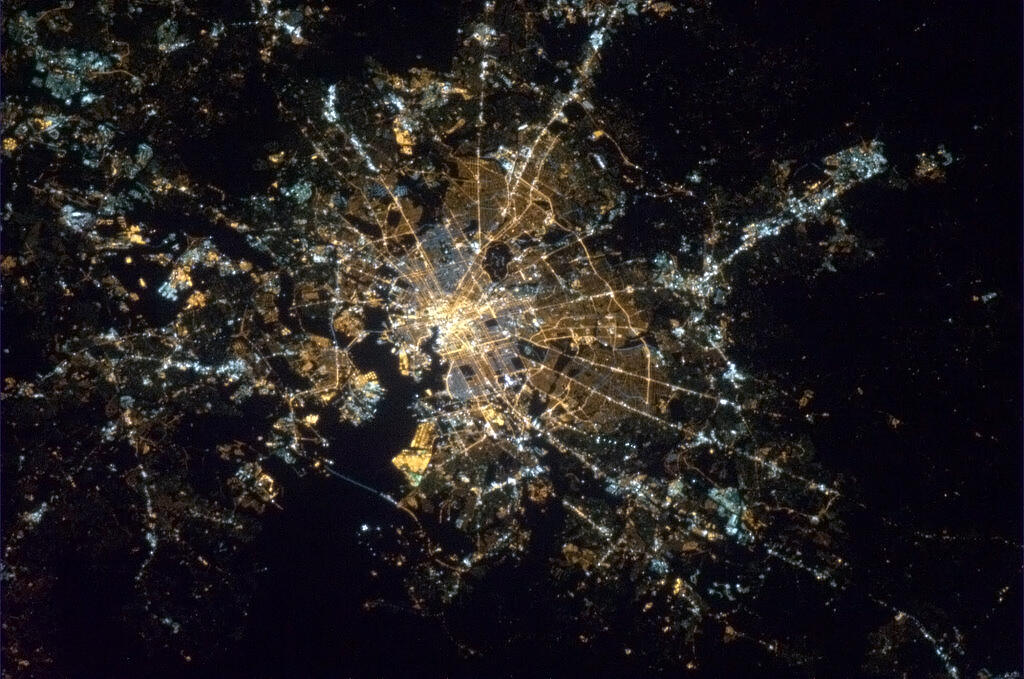
Photo by Karina Zhukovskaya on Pexels.com
Did you observe Earth Hour this previous Saturday? Did you turn off all the lights in your house between 20:30 and 21:30? I did. At 20:28, I lay down on the couch in the dark. I could count two green and five red little standby indicator lights within my field of vision, plus the slow, white battery pulse of my laptop sleeping on the table. It was a peaceful moment, of sorts, the silence only penetrated by the humming of the aquarium pump and house ventilation system. My dogs started wondering what was up, so I took them out for a walk. Around Carlslid, the area where I live, less than half of the houses were dark. In one of these, a giant flatscreen TV lit up the room more than the scattered candles, an absurd sight that made me laugh out loud.
How can we understand an event such as Earth Hour? What is the point of such events? What are the motivations of the people who observe Earth Hour, and of those who don’t? Which problems are they trying to deal with and which values do they attempt to live up to? Earth Hour started by WWF in Australia in 2007, and spread worldwide from 2008. Today it is a more or less global event, visible from space. Earth Hour co-founder Andy Ridley stated that “Any movement of change begins with symbolism – it’s a needed step to prove enough people care about an issue.” The goal of Earth Hour is to make a difference, but not through any actual reduction in electricity usage during this one out of the 8760 hours in a year. By turning off the lights, we may shine a light on ourselves and the ways in which we have chosen to live our lives.

Many say that Earth Hour is pointless since it doesn’t actually reduce emissions by much, and in some cases might potentially increase emissions and damage the electricity network. They are completely right, yet they have also missed the point entirely. The only problem is that we can say more or less the same thing about those who believe that Earth Hour can have a positive effect as a symbolical action. They are completely right, but they are also missing the point. It gets even more interesting when we consider that we can find people who consider themselves environmentalists in both camps.
The problem of Earth Hour illustrates well the challenges for environmentalism in the Anthropocene, the Age of Man. The Anthropocene indicates the time when man has had a significant effect on global ecosystems, in other words when we have markedly reshaped the global environments and ecologies we live in in ways that may or may not be permanent. The world has become a relatively small place, where more and more places are connected to each other. The environmental consequences of human activity on the planet have become increasingly obvious. We struggle with global climate change, species extinction, “spillover” virus epidemics, natural resource conflicts, and a host of other social, political, scientific, and environmental challenges.
At the same time, the world is still a big place, full of interlocking and interdependent processes that we don’t completely understand and may never be able to. The environmental and social problems we face can’t be reduced to a single issue, easily resolved by social or technological fixes. The world is a tangled mess, and all of the challenges I listed above can be called wicked problems, in other words problems to which there are no simple solutions, no single end we can pull to unravel the problem. As a result, the debate on the Anthropocene tends to focus on the problems, on how our actions over time have irrevocably changed the Earth at a geological level, and how hard it is getting to maintain our current ways of living. We can see consequences of our actions around us (or at least endlessly speculate and debate them), but they are hard to trace back to any particular factor, action, or actor. As a result, effective action becomes near impossible. Who should act? What should they do? What should we do? How can we know that any action has any effect, be it Earth hour, bottle recycling (which I wrote a whole book about), carbon credits, global climate treaties, or simply withdrawing from modern society to live off the grid in a small house in an imagined wilderness? We are in the dark in more ways than one, when we turn off the lights for Earth Hour. We are trying to answer a call for action, but the best course of action is by no means illuminated and clear for us.
What I want to do with this series of blog posts over the next two weeks is to explore the Anthropocene hypothesis and what it means for us, thinking about the ways in which nature has become entangled with us. I don’t think anyone will disagree if I say that we have been dependent on nature for as long as we have existed as a species. But we have become so many and so involved in ecological processes that nature now also depends on us. Though, it is more correct to say “Nature”, capital N, a historical and cultural construct full of human values, aesthetics, and politics. The Nature that depends upon us is our Nature, the one that we are part of. It is a nature that exists as much in our heads and in our shared and contested history as it exists “out there.” If we live in a world where we have influenced ecosystems and environments to the degree that they can no longer be said to be “natural”, what does that say about the Earth we live on and our place on it? If we were to suddenly disappear, as the journalist Alex Weisman speculated in The World Without Us (2008), some kind of nature would continue to exist, benefiting other species, but it would not be what we think of as nature today. In short, we may care about the planet, but the planet doesn’t necessarily care about us.
The idea of the Anthropocene raises a whole series of interesting and important implications. It is a classic Big Idea, perhaps one of the biggest we have at the moment, that touches upon more or less everything, and that requires perspectives from the humanities, the social sciences, the natural sciences, and medicine to fully grasp. How can we understand a big idea as the Anthropocene on an empirical level? Scholars often see as their role to untangle, to sort things out, and to put things neatly in the right boxes: “Society” goes over here, “Nature” goes over here. The Anthropocene doesn’t work like that. Instead, we need to seek out the wicked entanglements, the sources of friction, and where things get messy.
This brings us back to the problem of Earth Hour. Is it best to observe the Anthropocene by candlelight or by the soft glow of standby indicator lights in the dark or by the bright LED lamps of a giant flatscreen TV? Turning off the light for an hour will not change the world out there, but it may shine a light on the Nature in our heads, on the way we think about our place in the world.